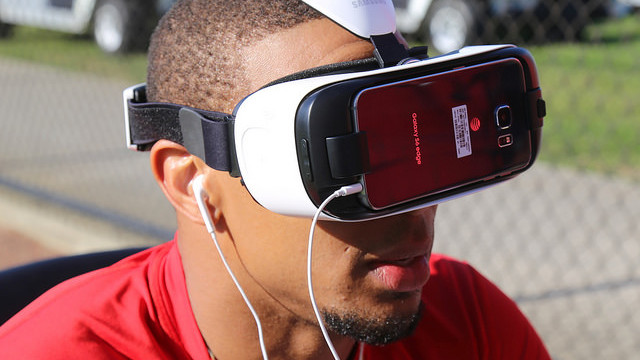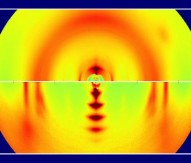
Graphene light detectors for 3D cameras
Graphene, used as a highly sensitive light detector, is being integrated into a camera capable of producing 3D images and videos, and being developed at the University of Michigan, USA.
Like graphene, 3D cameras are versatile. Currently used in movie production, researchers hope to utilise them further in virtual reality and the development of a bionic eye for either medical purposes or for the robotics industry.
Associate professor of electrical engineering and computer science Zhaohui Zhong said: “When the light hits the detector inside a camera, it can come from different directions, and this spatial information can be used to reconstruct 3D images. Normally, that information is lost because the detector only measures intensity.
“Ordinarily, you want the light detector to absorb as much light as possible for high sensitivity, to produce a clearer picture. Graphene detectors can offer very high sensitivity, so you don’t really sacrifice the clarity by making them transparent.”
Modern one-shot 3D cameras rely on a micro-lens array that diverts light once the main lens has focused upon it. The smaller lenses disintegrate the picture, which is then reconstructed by software in the camera.
Objects at different distances from the lens will likewise come into focus at different points inside the camera, according to Zhong and his team. Appearing brightest where most in focus, this principle is easier for the software to reconstruct the images. The accelerated processing also makes it possible to produce high-resolution videos.
The concept is simple, Zhong says, but the challenge lies in making transparent light detectors, which need to absorb as much light as possible to give the most detailed image. Graphene, however, with its single layer of carbon atoms, is pivotal to the construction of these transparent light detectors.
Zhong’s team believes it will soon be possible to integrate a 3D camera into a smartphone.




